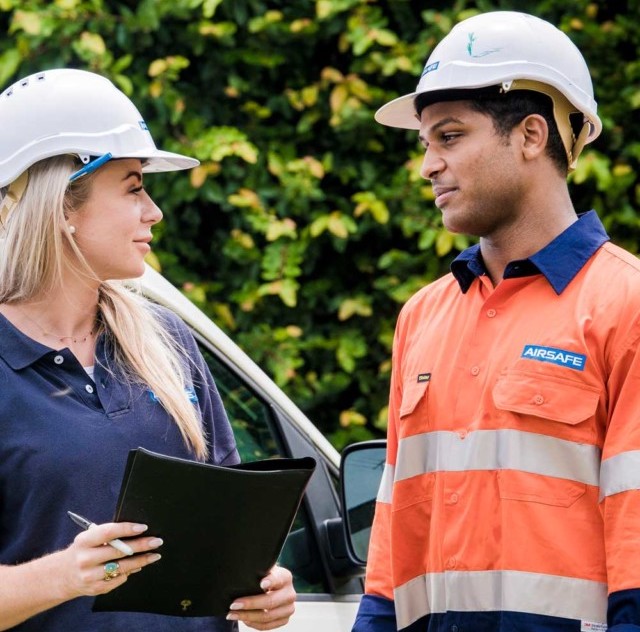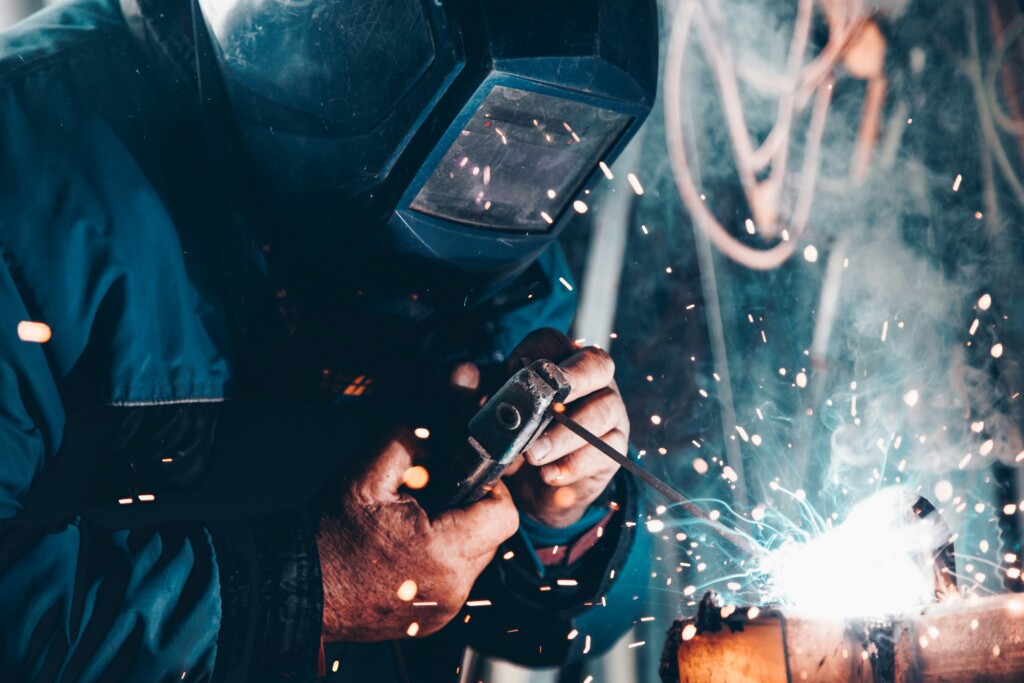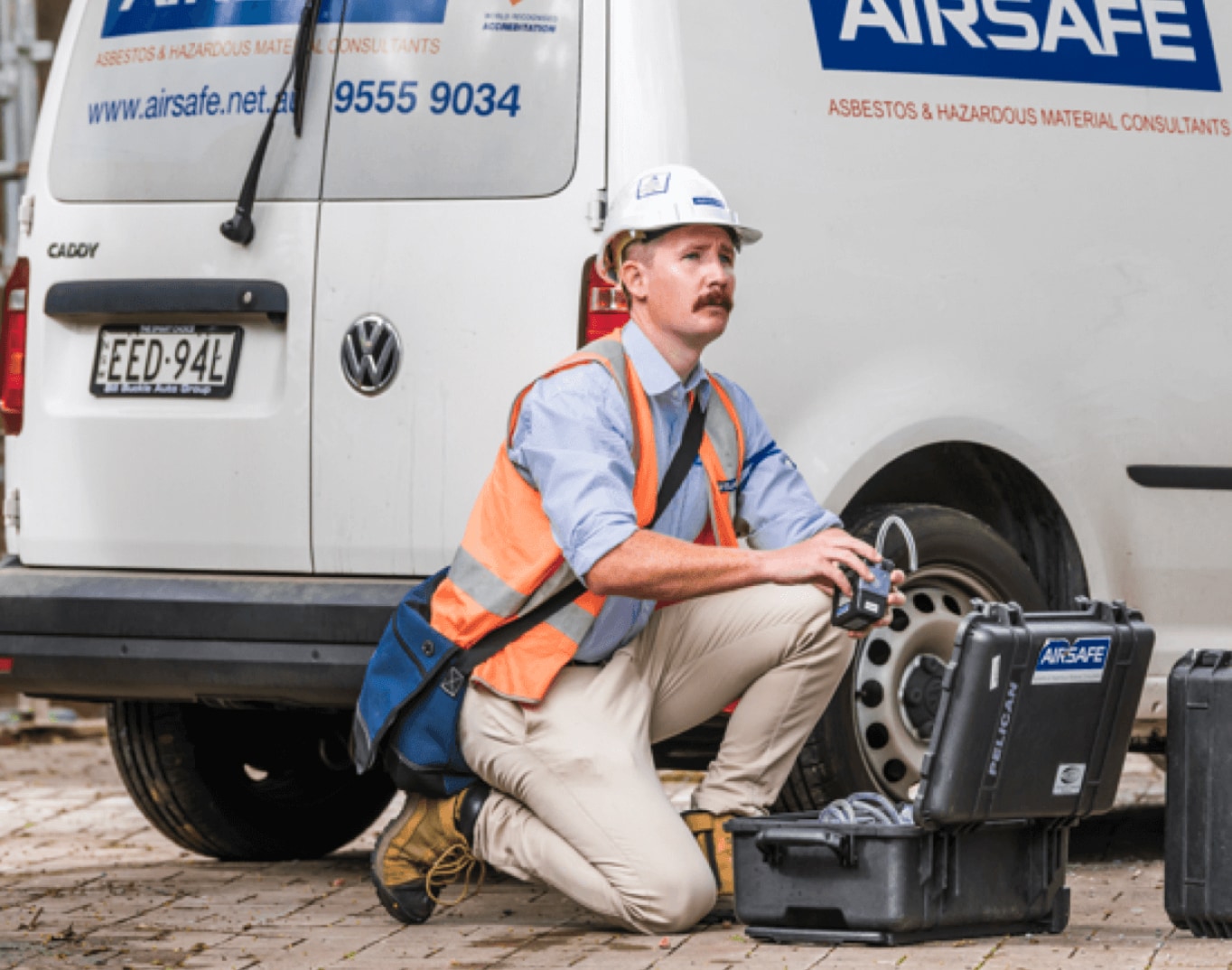The Australian Institute of Occupational Hygienists defines the discipline in this way:
Occupational hygiene is the anticipation, recognition, evaluation, control, and confirmation of protection from hazards at work that may result in injury, illness, or affect the well-being of workers.
An occupational hygienist is a trained professional who can guide businesses through every step of that process:
- Anticipation: given the industry you are in, the types of activities you do and the materials you use, what are the potential hazards that might exist in your workplace?
- Recognition: focusing more specifically on your individual workplace and business practices, what are the actual hazards that we need to evaluate and possibly control?
- Evaluation: what levels of each specific hazard are your workers exposed to in their daily activities? Do they exceed regulated exposure standards, or otherwise risk the health and safety of your team?
- Control: for any hazards that are of concern, how do you implement controls that will ensure health and safety is not put at risk?
- Confirmation of protection: can we confirm and certify that the hazard is being successfully controlled?

Types of hazard
Airsafe’s certified occupational hygienists are experts in all types of hazard commonly encountered in Australia’s major industries, including:
- chemical hazards that affect indoor air quality, including asbestos, crystalline silica, dust and PAH
- physical hazards such as excessive heat, noise or vibration
- biological hazards, most notably mould
- ergonomic hazards such as working in confined spaces.
Occupational hygiene vs occupational health and safety
Occupational hygiene is a specialised term that you may not have come across before – you may be more familiar with the terms ‘occupational health and safety’ and ‘work health and safety’.
These terms are closely related: for example, one of the concerns of occupational hygienists is to help businesses comply with the Work Health and Safety Regulation 2017.
The best way to understand the difference is that occupational hygiene is a more specialised discipline that deals with hazards specific to particular industries or business activities, often requiring scientific testing or monitoring to confirm the level of risk. Occupational hygiene is especially relevant to heavy industries like construction, manufacturing, mining and agriculture.

Occupational hygienists are certified in Australia by the Australian Institute of Occupational Hygienists. The leader of Airsafe’s occupational hygiene team is a Certified Occupational Hygienist.
Occupational health and safety, on the other hand, is a broad field that is relevant to every workplace. It often deals with everyday hazards like power cables or non-ergonomic workstations that don’t require a high level of scientific expertise to measure and control.
-
One of the problems with trying to keep your workers safe is that you don’t always know what to look for. You may be aware of some chemical hazards, for example, but have you considered potential physical hazards? The list of potential hazards is long, and it’s difficult for someone who is not a trained expert to be aware of them all.
Hazard identification helps deal with this problem of ‘unknown unknowns’, so it’s always the start of our process. This generally consists of a walkthrough of your premises by one of our occupational hygiene experts, preferably with input from staff who are working with equipment and materials every day. From this initial walkthrough, our eagle-eyed experts are able to identify hazards that might need to be investigated further.
-
The next step in the process is evaluation of the level of risk that a hazard represents. To do this, Airsafe uses all the resources of our state-of-the-art monitoring equipment and laboratory. The precise kind of monitoring or testing to be performed depends on the hazards identified in the previous step, but some common kinds of evaluation our occupational hygiene team performs are asbestos air monitoring, respirable crystalline silica monitoring, dust monitoring, noise monitoring and vibration monitoring.
-
Once our occupational hygiene team have evaluated the level of risk in your present activities, we’ll recommend ways of controlling that risk. We use the standard hierarchy of controls to structure our recommendations, starting with the most effective approach:
- Elimination: can we eliminate the material or activity that is causing the hazard altogether?
- Substitution: can we substitute a material with something less hazardous?
- Engineering controls: can we isolate workers from the hazard using physical structures like barriers or ventilation systems?
- Administrative controls: can we change the way people work to lower their level of exposure to the hazard?
- Personal protective equipment: as a last resort, can we use PPE like masks or goggles to minimise people’s exposure to the hazard?
Our recommended controls will be delivered to you in a comprehensive report, and we’ll give you whatever assistance you need to put them in place.
-
Once you’ve implemented our recommended controls, of course you’ll want to confirm that they’re effective. Often, this means repeating the testing and monitoring process to confirm that the hazard exposure is now below the desired level and/or the published exposure standard.
In some cases, regulations will require an official clearance certificate to confirm that it’s safe for your staff to return to work. We often provide clearance certificates following asbestos or mould remediation, for example.
The health and safety of your people and the wider community are too important to rely on an ad hoc, piecemeal solution. Occupational hygiene is a holistic approach to managing workplace hazards, and Airsafe’s AIOH Certified Occupational Hygienist and our occupational hygiene team have the wide-ranging expertise and experience to give you true peace of mind. Call us today on 1300 888 338.




